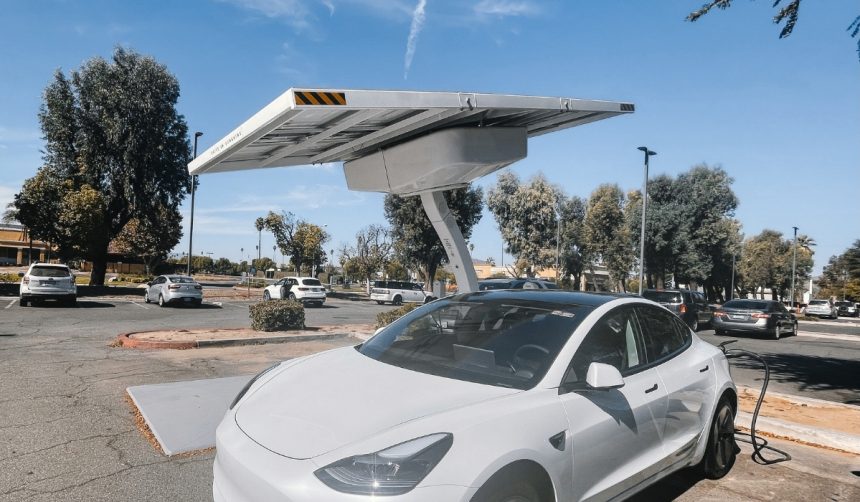Tesla has broadened its footprint in the Bay Area by extending its ride-hailing service to San Jose Mineta International Airport (SJC). This development marks a significant step in the company’s efforts to provide more convenient airport transportation options for local residents and travelers. Unlike Tesla’s Robotaxi operations in Austin, Texas, which are fully autonomous, the Bay Area service features a driver—known as a “Safety Monitor”—who is present to ensure passenger safety and intervene if necessary. Bay Area travelers might see this as a practical and cost-effective alternative amid rising airport parking fees. Tesla’s ride-hailing model combines advanced technology with gradual regulatory compliance as it moves toward broader autonomy. As many regional airports in major U.S. cities seek partnerships with innovative transport solutions, Tesla’s airport expansion could show similar trends emerging elsewhere in the future.
While previous reports about Tesla’s ride-hailing ambitions in the Bay Area focused on planning and application stages, the latest update demonstrates official approval and immediate availability for service to SJC. Earlier news centered more on regulatory hurdles and concerns about safety, particularly with the distinction between supervised and unsupervised autonomous driving. Now, the discussion has shifted to operational growth, customer accessibility, and the likelihood of further expansion to other airports, reflecting a turning point from speculation and pilot programs to implementation stages across key locations.
What’s Different About Tesla’s Bay Area Service?
Although Tesla’s ride-hailing in the Bay Area leverages the company’s Full Self-Driving (Supervised) software, it differs from Austin’s highly publicized Robotaxi program due to California’s regulatory environment. Human Safety Monitors remain in the driver’s seat, acting as an added layer of precaution. Tesla has highlighted this approach as it awaits full approval for unsupervised autonomous vehicles statewide. The company commented,
“Safety Monitors are present to ensure passenger safety and intervene when required,”
reinforcing its commitment to safety during this phase.
How Does the New Airport Service Operate?
With service to San Jose Mineta International Airport, Tesla aims to address a frequent pain point for travelers: parking costs and accessibility. The ride-hailing app provides travelers with an option to reach SJC without relying on traditional taxi or shuttle services. Tesla confirms,
“Our Bay Area ride-hailing service now goes to SJC airport,”
demonstrating the completion of its commitment made in recent filings to serve regional airports. This also suggests the company is prioritizing major travel hubs as it seeks broader integration.
Will the Service Expand to Other Locations Soon?
Given this recent approval, Tesla expects to obtain similar permissions to operate at San Francisco International Airport and Oakland International Airport in the near future. The company’s approach relies on gaining incremental regulatory approvals while testing its Full Self-Driving capabilities under supervised conditions. As Tesla evaluates performance and safety with real passengers, it may build a foundation to seek additional markets and less restrictive operating environments, including states like Nevada, Florida, and Arizona.
Tesla’s calculated expansion strategy comes at a moment when public interest and regulatory scrutiny of autonomous vehicles remain high. The company’s gradual roll-out has allowed it to demonstrate safety and reliability, while also keeping regulators engaged step by step. For travelers, Tesla’s ride-hailing application introduces new choices in airport transport, and its model may prompt traditional ride-hailing companies to innovate further. When considering using Tesla’s new service, passengers should note the requirement for a Safety Monitor and the ongoing nature of regulatory approvals, as these factors affect the level of autonomy and availability. As the landscape of urban mobility continues to shift, understanding both the capabilities and limitations of emerging ride-hailing technologies will be important for making informed decisions about future travel options.










